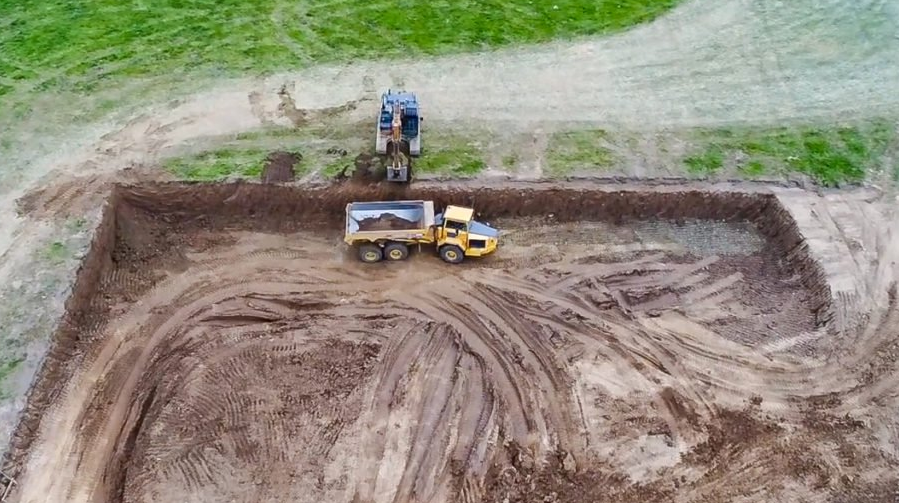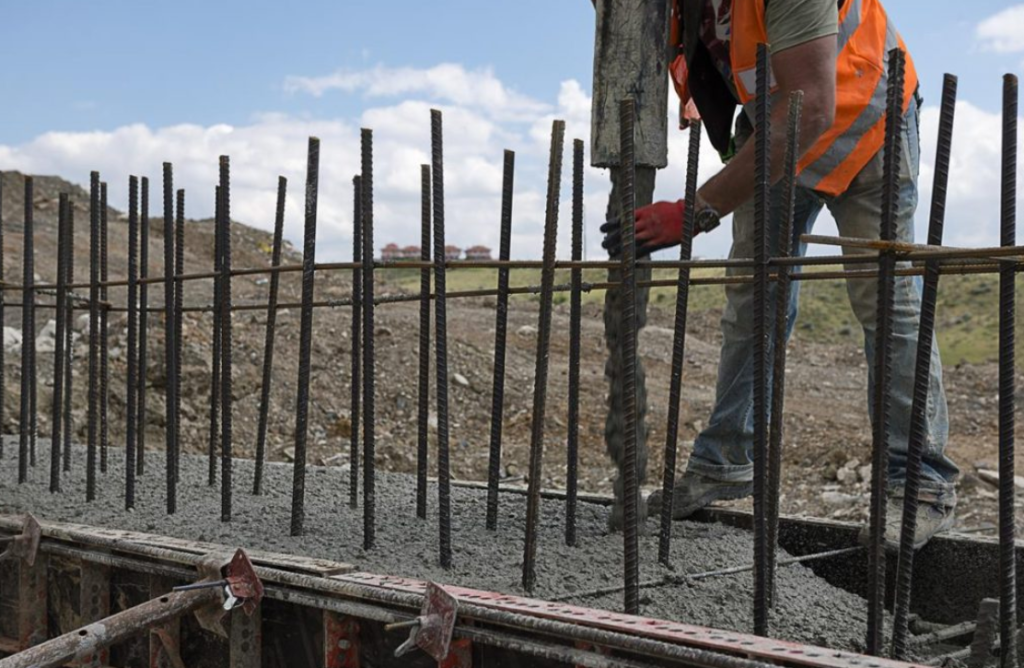The availability of the Targeted Agricultural Modernisation Scheme (TAMS) and the expansion of the national dairy herd in recent years has led to an increase in construction work on farms across the country.
The grant aid and expansion has paved the way for new sheds, extensions and milking parlours in existing farmyards and on greenfield sites.
With this in mind, FBD Insurance, Teagasc and the Health and Safety Authority (HSA) have produced a practical guidance booklet on safe farm building practices.
In this article, we will examine just some of the measures or practices that farmers should put in place to prevent an accident.
Firstly, many children have been killed by moving construction vehicles, falls from heights and in excavations on farms; it is essential that children are kept away from the construction site. Therefore, secure fencing and appropriate warning signs must be placed around the site.
In addition, personal protective equipment (PPE) should be worn at all times. This includes: a hard hat; steel toe-cap boots; and a high visibility vest.
They must also wear: eye protection; ear protection; safety gloves; dust masks; respiratory equipment; face protection; and a safety harness where appropriate.
Many farmers are installing new slatted tanks on their farms. Therefore, deep excavation is required.
Excavation can cause serious accidents from the collapse of their sides, resulting in the burial or crushing of workers inside the excavation. When excavations are being carried out, the sides must be ‘battered back’.
The ground area surrounding the excavation should be inspected to ensure that it is capable of taking the weight of any load; for example plant or equipment which may be used.
Furthermore, it is a legal requirement that plant is tested and examined on a regular basis – in particular all lifting appliances and lifting gear; the operators of these machines must be certified operators.
Falls from heights are the main cause of fatalities and serious injury on construction sites. Every precaution must be taken to ensure all work at heights is adequately planned and carried out in a safe manner.
Work at heights must never be carried out in icy, rainy or windy conditions. Roof workers need the appropriate knowledge, skill and experience to work safely.
Scaffold platforms should be used where possible as working platforms for all work at heights – in particular for all work where there is a high risk of falling.
The scaffold must be designed, planned and subsequently erected by fully trained personnel, in accordance with all relevant legislation, codes of practice, and manufacturer’s instructions.
Mobile elevated work platforms – booms or scissor lifts – can also be used for carrying out work at heights. Again, only competent and trained operators should be allowed control the movement of mobile elevated platforms.
In general, ladders should only be used for accessing areas at height and not for doing work at heights. All ladders should be of sound construction and maintained in good condition.
Finally, farmers and operators should note where overhead lines and underground cables are located and necessary preventative measures need to be taken to avoid any contact.



